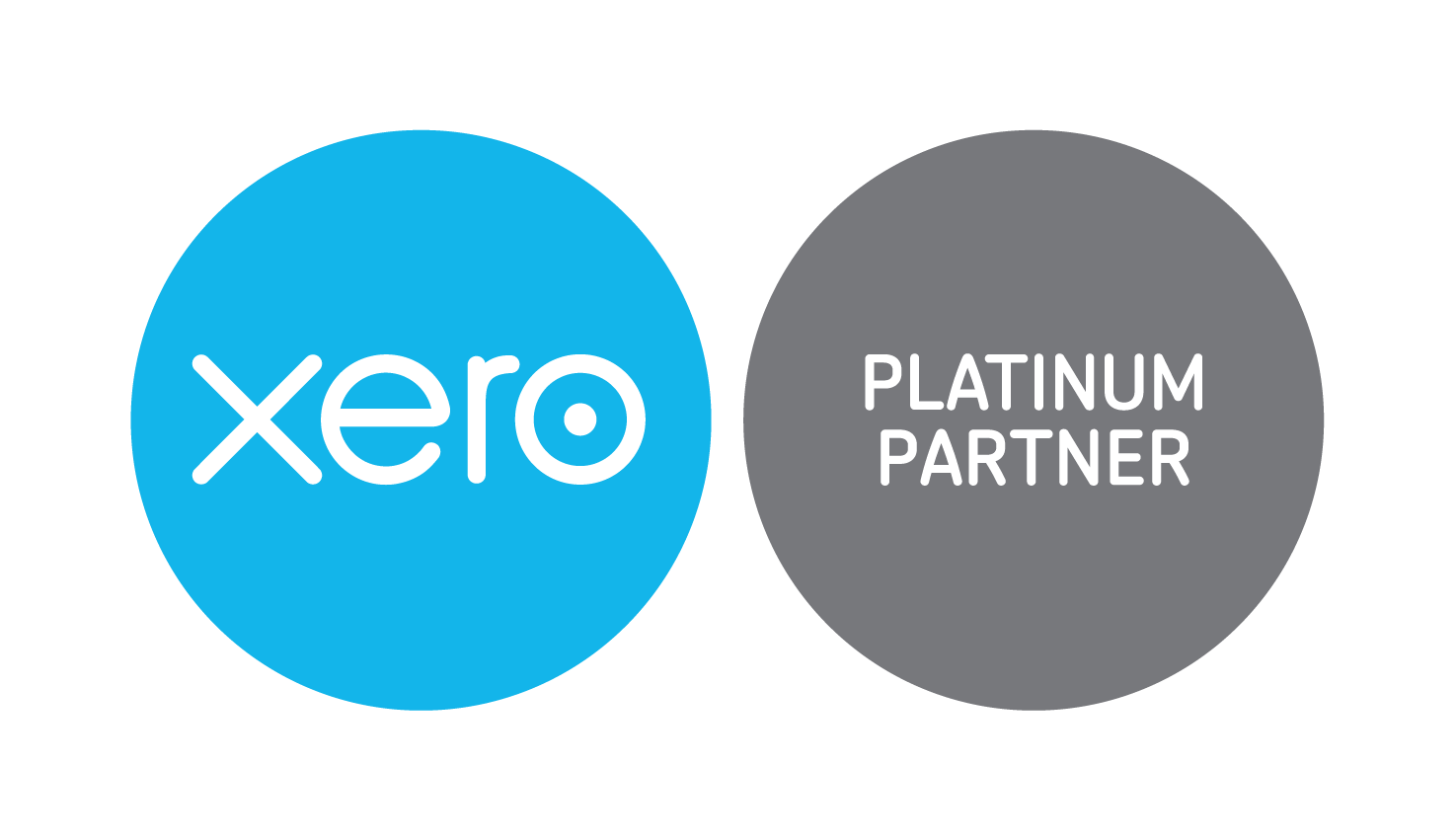Falling behind on tax or BAS payments can happen to any business — especially when cash flow is tight. In the past, the ATO was more flexible in allowing payment plans to be set up. But recently, it’s become noticeably harder to arrange them, and the conditions can be stricter than before.
Payment Plans Are Harder to Get
If your business has defaulted on, or cancelled, a payment plan in the past, the ATO is now much more cautious. They’ll often ask for detailed capacity to pay information before approving a new arrangement. This can mean providing cash flow forecasts, bank statements, and evidence of your ability to keep up with future payments.
The idea is simple: the ATO wants to be confident you can stick to the plan this time. If they don’t believe you can, they may refuse, leaving you with fewer options.
General Interest Charge (GIC) Isn’t Deductible
Another key change is that ATO interest charges are no longer tax-deductible. In the past, businesses could at least offset some of the sting of late payment interest at tax time. Now, every dollar of interest is an extra cost straight out of your pocket.
This makes it even more important to avoid relying on payment plans as a “back-up strategy” for tax debts.
Remember: GST Isn’t Your Money
It’s easy to think of all the money that comes into your bank account as business income, but part of it is GST collected on behalf of the ATO. That money was never yours to begin with — you’re essentially holding it in trust until it’s time to pay it on your BAS. Treating GST as “extra income” is one of the quickest ways to run into trouble.
Planning Ahead is Key
The best way to stay in control is to build tax and BAS payments into your regular cash flow planning. Just like wages, rent, or supplier invoices, these obligations need to be budgeted for.
Some practical steps:
- Set up a separate bank account as a “tax savings account” and transfer a percentage of each payment you receive straight into it.
- Use your accounting software to project GST, PAYG, and income tax obligations ahead of time.
- Work with your accountant to create a cash flow plan so you know exactly how much to put aside and when.
We’re Here to Help
Cash flow can be one of the trickiest parts of running a business, but you don’t have to juggle it alone. We can help you forecast upcoming obligations, set up a realistic savings plan, and give you peace of mind that your tax and BAS will be covered when they fall due.
Bottom line: GST and tax are not “extra” money — they’re future bills waiting to be paid. By planning ahead and putting funds aside regularly, you’ll reduce stress, avoid costly interest charges, and keep your business on solid ground.
Need help building a cash flow plan or managing your ATO obligations? Get in touch with us today — we’ll help you take control.


